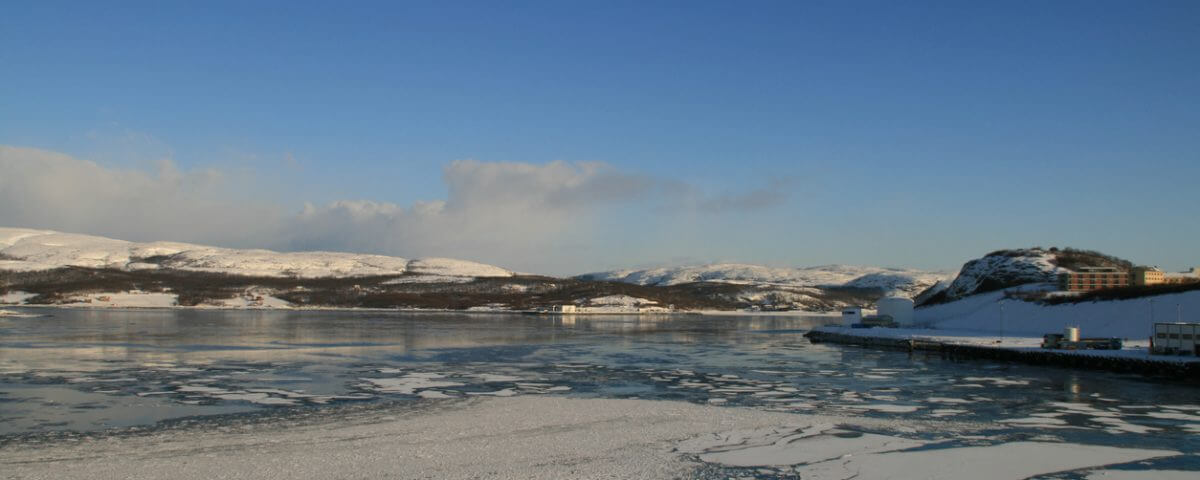
Logistics for Mechanics & Body Shops
May 14, 2018
3 Big Mistakes to Avoid When Choosing a Shipping Company
May 18, 2018Will There Be a “Polar Silk Road” for Shipping?

 Finland and Norway will be exploring the viability of an Arctic railway. It would lead from Rovaniemi in Finland to Norway’s port of Kirkenes. The port of Kirkenes is ice-free, meaning polar routes could allow cargo from Asia to flow southward from Norway. Shipping to Norway from Asia would flow through Kirkenes to Finland and the rest of Europe. This would help provide many shipping solutions for Asia.
Finland and Norway will be exploring the viability of an Arctic railway. It would lead from Rovaniemi in Finland to Norway’s port of Kirkenes. The port of Kirkenes is ice-free, meaning polar routes could allow cargo from Asia to flow southward from Norway. Shipping to Norway from Asia would flow through Kirkenes to Finland and the rest of Europe. This would help provide many shipping solutions for Asia.
Cost & Savings
Such a railroad would cost $3.6 billion and would be ready in 2030. As China invests heavily in ports around Southern Asia and overland infrastructure across Central Asia, other countries don’t wish to see opportunity slip away.
An Arctic corridor takes advantage of the melting ice cap over the Arctic Ocean. It would be a shorter route than shipping around Africa or through the Suez Canal. Relying on Kirkenes as a hub port would allow faster transport for many European countries than navigating by ship around the entirety of Scandinavia. It would also be a better environmental solution.
China’s Growing Investment in Others
This would be a boon for shipping to Norway and provide much faster and less expensive shipping solutions for Asia. This would require extensive cooperation between Norway and China to get it done, but China’s eagerness to invest in infrastructure in other countries has thus far helped develop and modernize the country’s economy. If the solution proves to be a cost- and time-saver, there’s no reason to think China wouldn’t work to see it accomplished.
China is already engaged in the most expensive infrastructure plan in history, the development of the Silk Road Economic Belt and the Maritime Silk Road. This has seen China invest in industrial and shipping infrastructure across Asia, Africa, and Europe in order to create future production that’s intimately tied to the country’s own economy. At a time when other world powers are backing off internationalism, China’s taking full advantage.
